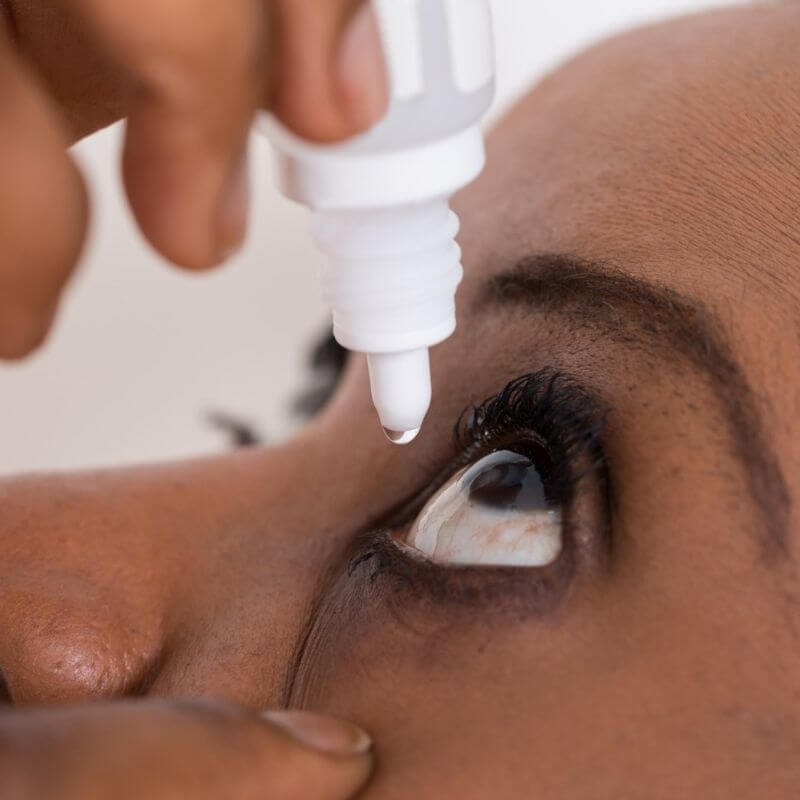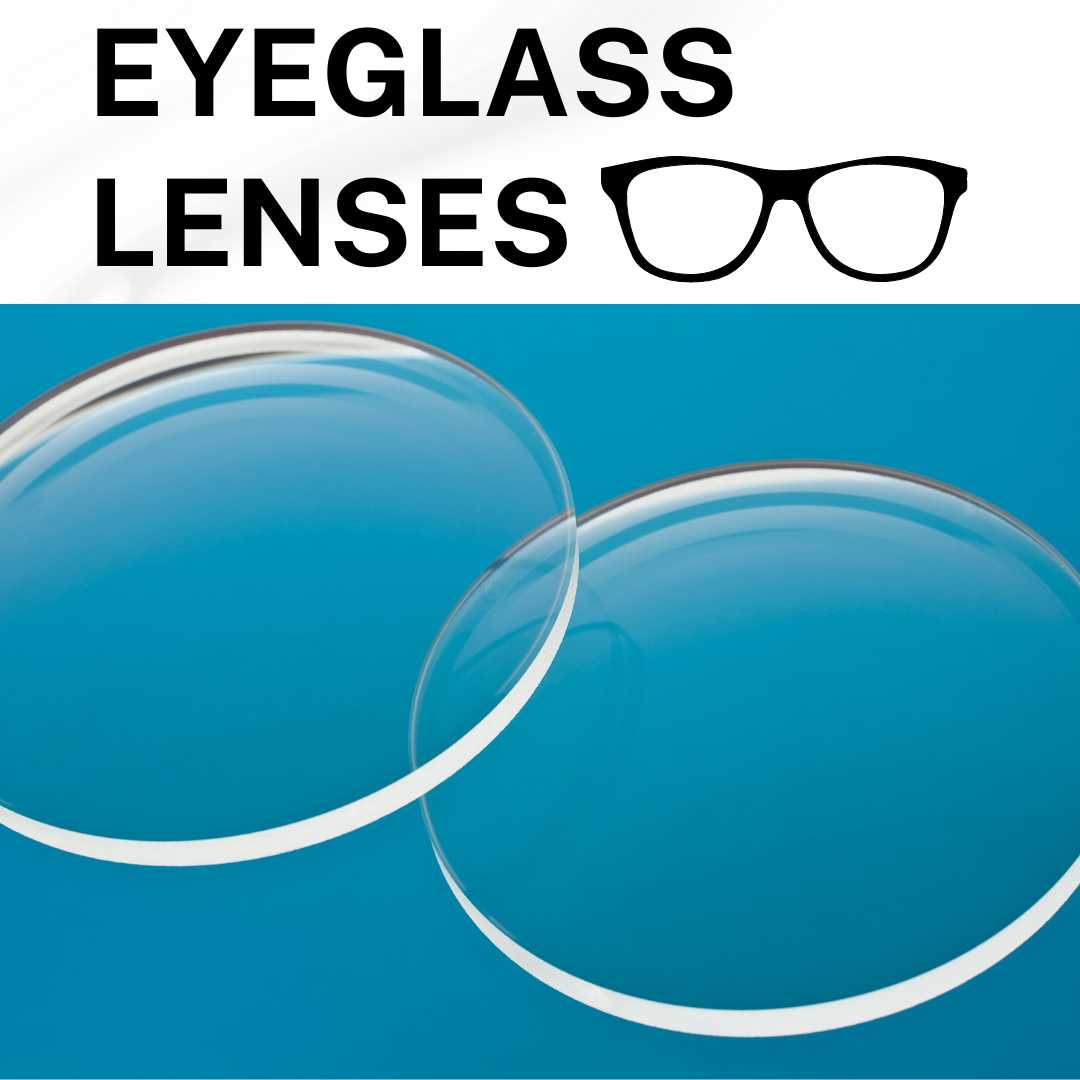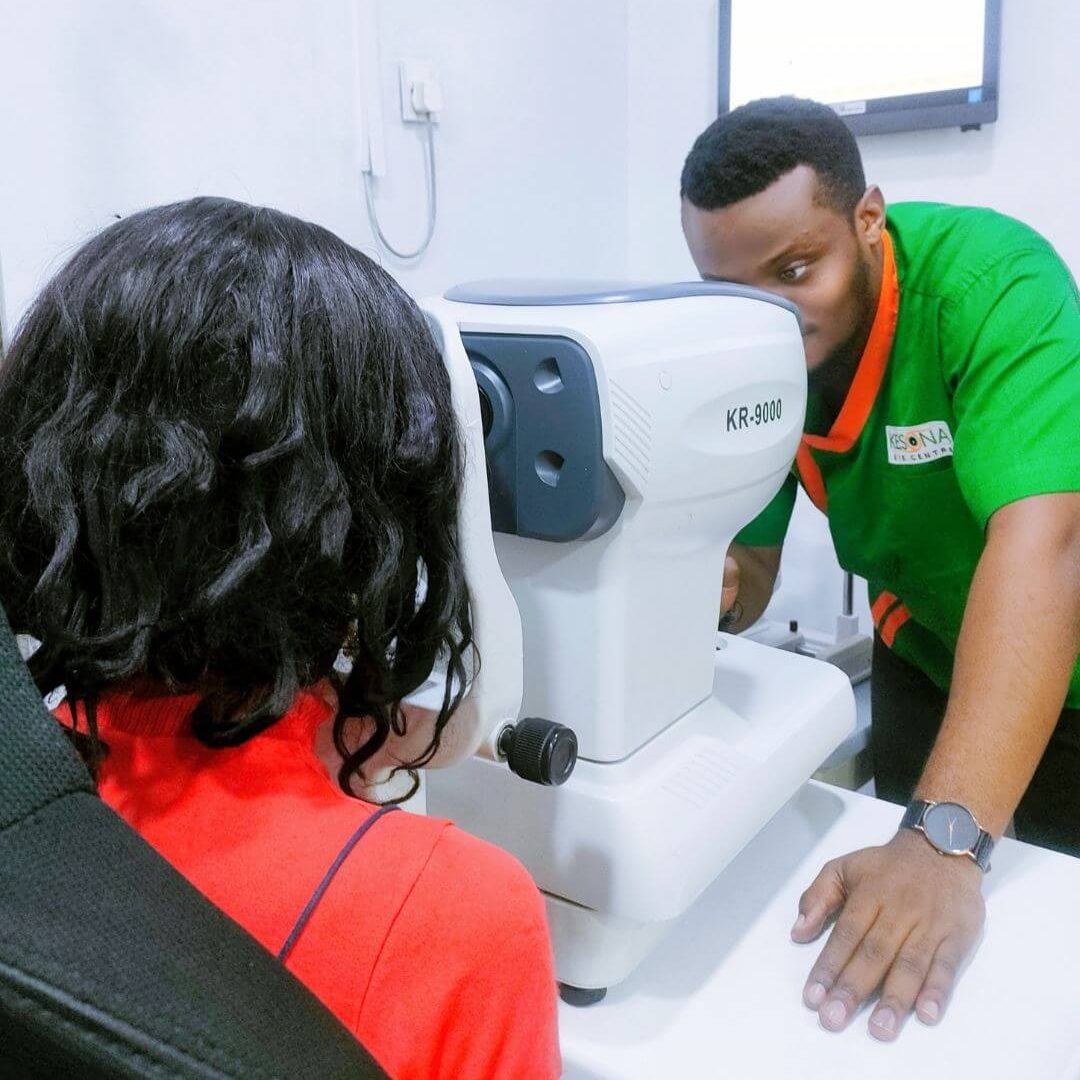Lenses are transparent optical devices that bend light rays that pass through them.
Corrective lenses are those lenses that are prescribed by eye doctors to improve vision our relieve eye discomfort in people with eye conditions like refractive errors and presbyopia. They commonly come in the form of eyeglasses and contact lenses. Another type is the intraocular lens which is surgically implanted in the eye following the removal of the natural crystalline lens during cataract surgery.
Based on their shape and how they bend rays of light, lenses can either be spherical, cylindrical or sphere-cylindrical.
Spherical lenses have the same refractive power all around. They can either be concave (minus) lenses or convex (plus) lenses.
Concave or minus lenses diverge light rays as they pass through them into the eyes; such that rays that would normally focus in front of the retina move farther back to focus on the retina. Therefore, they are used to correct myopia (short-sightedness). These lenses are thicker at their edges and they make objects look smaller than they are.
Convex or plus lenses converge light rays as they pass through them into the eyes; such that rays that would normally focus behind the retina are brought forward to focus on the retina. Therefore, they are used to correct hyperopia (long-sightedness) and presbyopia. These lenses are thicker at the centre and they make objects look bigger than they are.
Cylindrical lenses have two refractive powers, one on each meridian of the lens. Light rays passing through a cylindrical lens are refracted at the two meridians at different angles such that rays which would normally form multiple foci points come together to one focal point on the retina. They are used to correct astigmatism.
Spherocylidrical lenses have both spherical and cylindrical lenses in one lens and are used to correct refractive errors where either myopia or hyperopia occurs with astigmatism.
Types of corrective lenses
Spectacle Lenses (Eyeglass lenses)
Spectacle lenses, also known as eyeglasses are lenses mounted on spectacle frames and worn some millimetres in front of the eyes. These come in single-vision or multifocal designs. The single vision lenses are designed to improve vision at only one distance, that is, either at far or near while the multifocal lenses are designed to improve vision at more than one distance. Examples of multifocal lenses include bifocals (improve vision at far and near), trifocals (which in addition to far and near vision, give good intermediate vision), and progressive lenses (whose lens power increases gradually from top to bottom enabling the wearer to have clear vision at almost all distances). Learn more about spectacle lenses.
Contact lenses
Contact lenses are lenses that are worn directly on the surface of the eye. They are thin medical devices, mainly prescribed for the correction of refractive errors and presbyopia. They can be used to treat a corneal condition known as keratoconus for cosmetic purposes like enhancement or change of eye colour and for masking eye deformities like corneal scars.
Contact lenses come in various designs including single-vision, multifocal designs as well as toric designs (used for the correction of astigmatism). They also have various wearing and replacement schedules. For wearing schedules, some are worn during daytime only and removed before bedtime while others can be worn both during the day and at night. For replacement schedules, some are disposed of daily while others depending on the manufacturer’s recommendation can be used for up to 2 weeks, one month, or even 6 months before being disposed of. Adhering to the wearing and replacement schedule is very important for maintaining healthy eyes while wearing contact lenses. Learn more about contact lenses.
Intraocular lenses
These are corrective lenses that are implanted into the eyes to improve vision after the removal of the natural crystalline lens during cataract surgery. Sometimes an intraocular lens can be implanted in front of the natural lenses for the correction of shortsightedness. Intraocular lenses are mostly available as Monofocals but there are also some multifocal intraocular lenses. Intraocular lenses once properly implanted do not need maintenance or cleaning.


